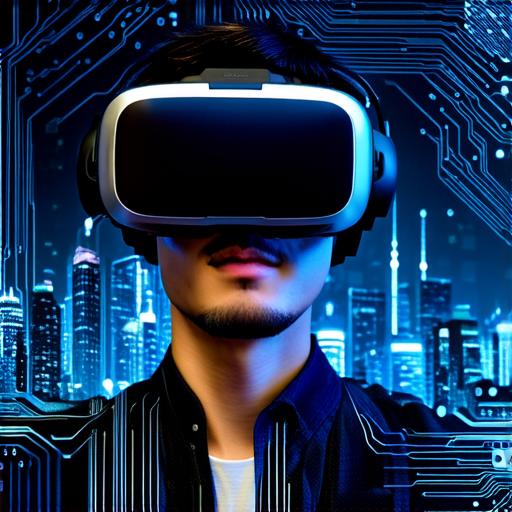
Virtual reality (VR) technology has come a long way since its inception, with advancements in hardware and software leading to increasingly immersive and realistic experiences.
At the heart of any VR experience is the headset, which tracks the movement of the user’s head and adjusts the visual output accordingly. In this article, we will explore how a VR headset functions and the various components that make it possible.
Components of a VR Headset
A typical VR headset consists of several key components:
-
Display screens: These are the devices that display the 3D images and videos that create the virtual environment. The displays are usually high-resolution, with high refresh rates to minimize motion sickness.
-
Tracking system: This is a set of sensors and software that tracks the movement of the user’s head. The tracking system uses infrared (IR) sensors to detect the position of the headset’s IR markers and cameras to track the user’s movement.
-
Headphones: These are typically built-in to the headset, providing a more immersive audio experience by delivering sound directly to the user’s ears.
-
Motion controllers: These are handheld devices that allow users to interact with virtual objects in the environment. They track the movement of the user’s hands and translate that into in-game actions.
-
Processing unit: This is a computer or gaming console that runs the VR software and processes the data from the tracking system to create the virtual environment.
How it works
The process of using a VR headset involves several steps:
-
Setting up the headset: The user must first put on the headset, adjusting the straps and lenses to achieve a comfortable fit. The sensors and markers are positioned in such a way that they can be easily tracked by the tracking system.
-
Initializing the tracking system: Once the headset is in place, the tracking system initializes and begins to track the user’s movement. This data is sent to the processing unit, which uses it to create the virtual environment.
-
Creating the virtual environment: The processing unit uses software algorithms to create a 3D environment that matches the user’s movements in real-time. The display screens are adjusted to reflect the position of the user’s head and the virtual environment is updated accordingly.
-
User interaction: The motion controllers allow users to interact with virtual objects in the environment by tracking the movement of their hands. This data is sent back to the processing unit, which updates the virtual environment accordingly.
-
Continuous tracking: As the user moves around the virtual environment, the tracking system continues to track their movements and update the virtual environment in real-time.
Advancements in technology have made VR headsets more immersive and realistic than ever before, allowing users to fully immerse themselves in virtual worlds. By understanding how a VR headset functions, users can make the most of this exciting technology and create truly unforgettable experiences.
